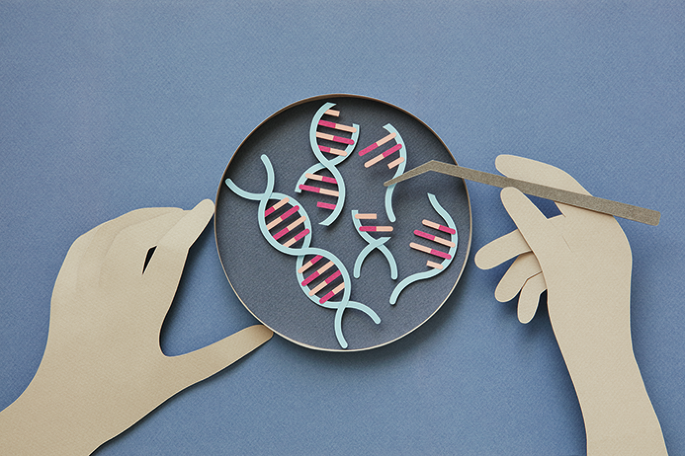The haemoglobinopathies transfusion-dependent β-thalassemia (TDT) and sickle-cell disease (SCD) are two globally prevalent and severe monogenic blood disorders. These conditions impose substantial morbidity and mortality, and their burden falls disproportionately on populations in sub-Saharan Africa, the Middle East and parts of Asia, underscoring the global health significance of any curative approach. In 2021, a study by Frangoul et al. marked a defining moment for genomic medicine and global health. Published in The New England Journal of Medicine, the authors reported the clinical application of CRISPR–Cas9 genome editing to treat two patients with TDT or SCD.
What made this study so compelling to me was the clear demonstration that CRISPR technology can be applied safely and effectively in humans to modify disease-relevant pathways. This has broad implications, because many diseases have a genetic component, from single-gene disorders to common conditions with genetic predispositions. For SCD and TDT, allogeneic bone marrow transplantation had, for decades, been the only curative therapy, but its feasibility was constrained by human leukocyte antigen (HLA)-matched donor (most often a matched sibling) availability and transplant-related risks. By contrast, the investigators showed that targeted editing of a regulatory element can reactivate endogenous HbF, recapitulating the naturally protective phenotype of hereditary persistence of fetal haemoglobin. Deep sequencing further confirmed the precision of editing, with no detectable off-target effects. The clinical benefits were accompanied by haematological reconstitution consistent with durable engraftment, and safety assessments reported no clonal dominance or concerning genomic alterations during follow-up.

